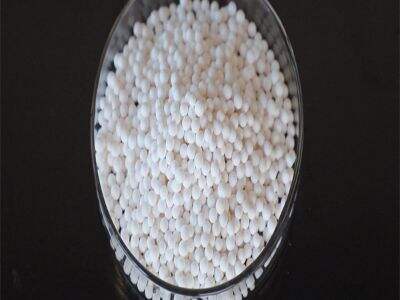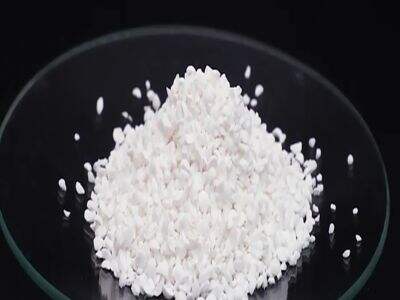Reactivity of thioxanthenone derivatives Thioxanthenone derivatives are versatile compounds Researchers have discovered novel and innovative applications for these materials in light science and beyond. There, they will discover how thioxanthenone derivatives by researchers are supercharging the way we create reactions with light: This novel research is changing our perspectives on light chemistry and guiding us to find efficient energy usage and pharmaceutical advancements.
What Are Thioxanthenone Derivatives?
Thioxanthenone derivatives, are unique molecules, which can absorb light and undergo significant changes. This makes them excellent for reactions that employ light to induce changes in other materials. Scientists can control what happens in these reactions by carefully designing thioxanthenone derivatives. This means they can create new and cool compounds. These new light reactions, they could touch many fields, including medicine, new materials, and environmental solutions.

Instead of Metals: Using Thioxanthenone Derivatives
In conventional light chemistry, metals are frequently employed by scientists to assist reactions. Although these metals are effective, they are expensive and pollute the environment. Using thioxanthenone derivatives as nonmetal assistants in these reactions With these unique materials, researchers can test novel approaches to reactions that were previously not available through conventional metal assistants. Now, a new concept that might revolutionize organic chemistry and open doors to new findings.
Methods of Use of Thioxanthenone Derivatives
More than just light reactions: thioxanthenone derivatives They can contribute to developing new materials — such as specialized coatings and plastics — as well as medicines and agricultural chemicals. These compounds can also be utilized in devices that sense things, that can locate certain kinds of materials or chemicals with great precision. Scientists are exploring all the possible functions of thioxanthenone derivatives to uncover new solutions to critical issues and new pathways towards curing diseases.
Thioxanthenone Derivatives Are Good for Nature
Looking for ways to use energy that don’t damage the planet is an increasingly pressing issue as we attempt to rely less on fossil fuel and battle climate change. Thioxanthenone derivatives may be integral to the design of new energy technology, such as solar cells and light-driven systems which decompose water. Researchers are trying to devise systems that can convert sunlight into electricity and fuel by harnessing their ability to absorb on light. And this can shift the energy template, allowing us to co-create a more beautiful future for all.

Thioxanthenone Derivatives in Medicine
Photomedicine is a rapidly expanding field in which light is used to diagnose and treat medical conditions. Thioxanthenone derivatives are exciting compounds capable of light absorption and photo-reactivity that can help in the field of medicine. Researchers are also investigating how to harness these compounds in therapies that employ light to destroy cancer cells and germs. Scientists aim to develop better and more accessible medical treatments by introducing thioxanthenone derivatives to photomedicine, enhancing the quality of life for the global patient community.
Conclusion
Over the years, thioxanthenones have proven themselves as common and well-exploited tools in other areas of light science and also beyond. By harnessing the unique properties of these molecules, scientists are shaking up how we view chemistry, and discovering innovative solutions to critical issues. Thioxanthenone derivatives (thx) are at the forefront of innovation in a range of fields from dazzling light reactions to improved energy solutions to state-of-the-art advancements in medicine. With scientists continuing to learn what can potentially be done with these compounds, there is ample opportunity for innovation and improvement.
 EN
EN
 AR
AR BG
BG HR
HR NL
NL FI
FI FR
FR DE
DE IT
IT KO
KO NO
NO PL
PL PT
PT RU
RU ES
ES SV
SV TL
TL ID
ID LV
LV SL
SL UK
UK VI
VI SQ
SQ HU
HU MT
MT TH
TH TR
TR FA
FA MS
MS BE
BE HY
HY AZ
AZ KA
KA BN
BN CEB
CEB






